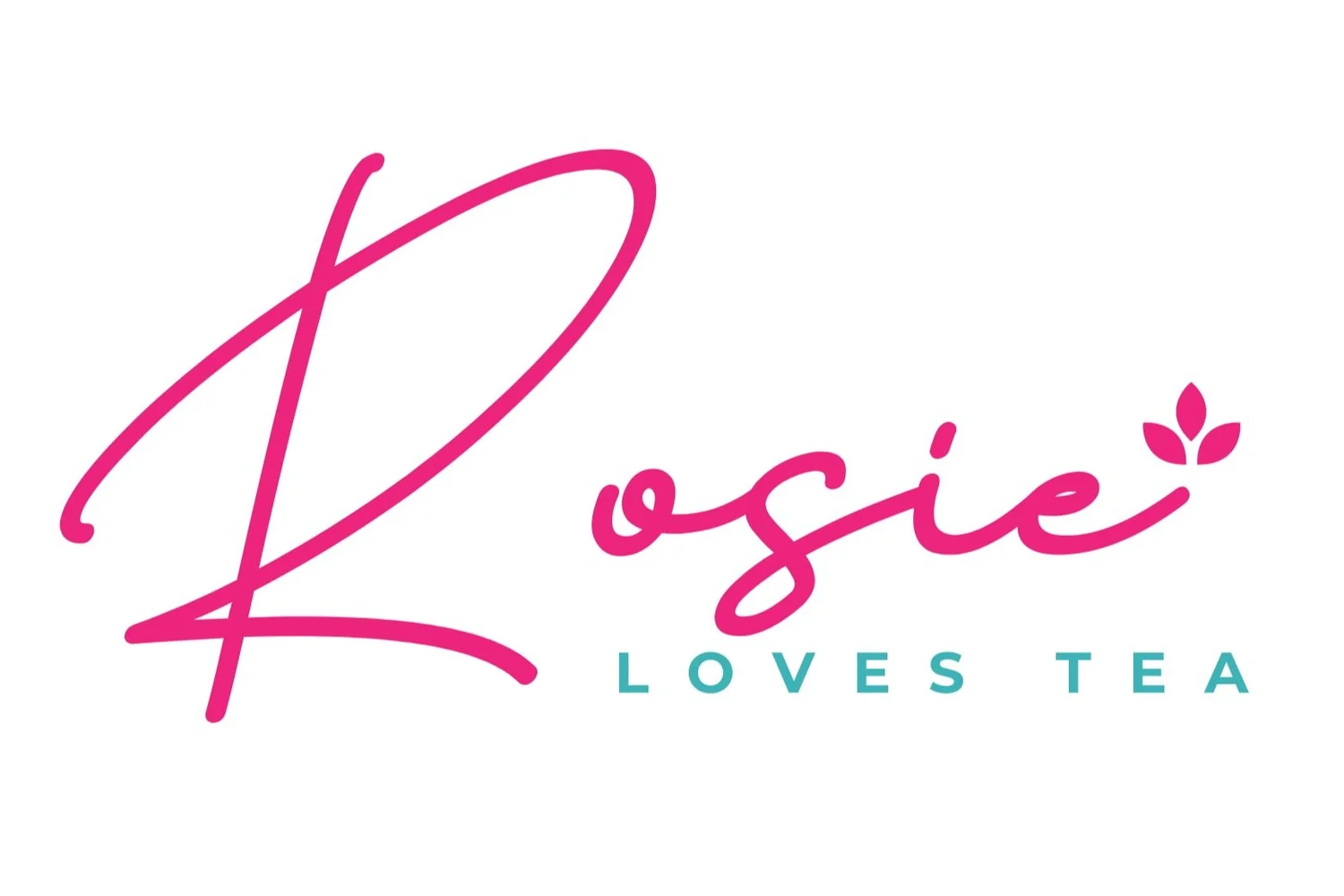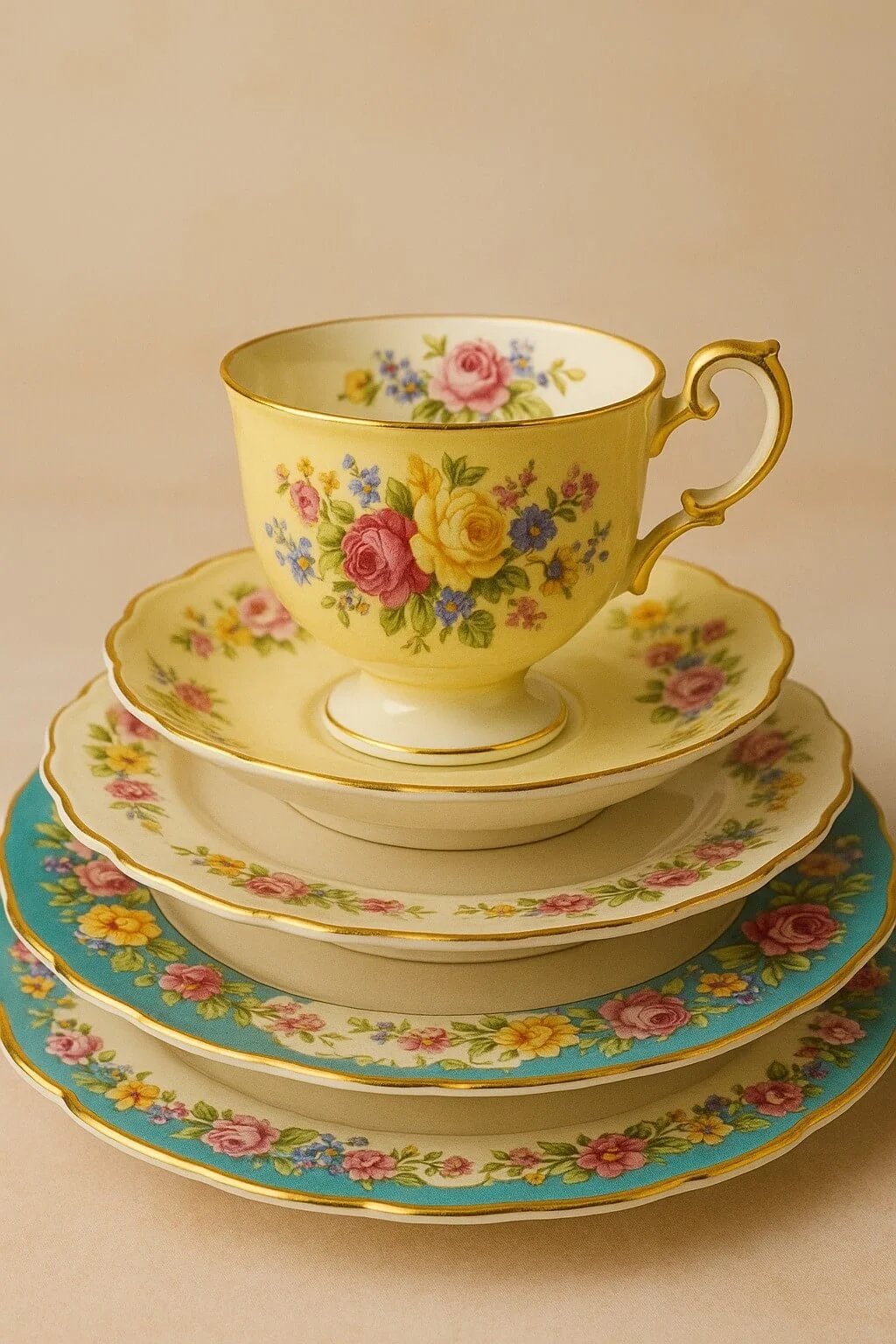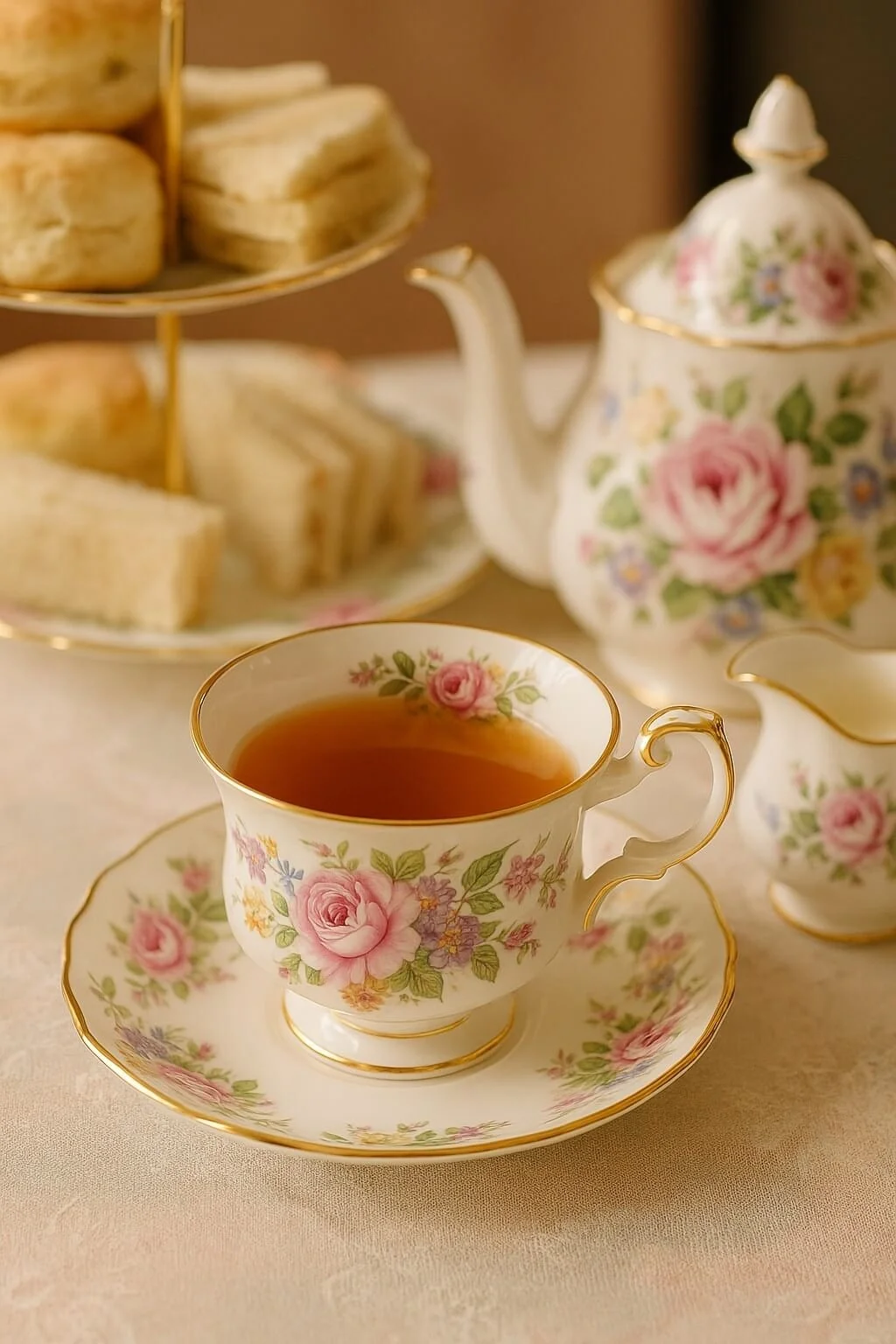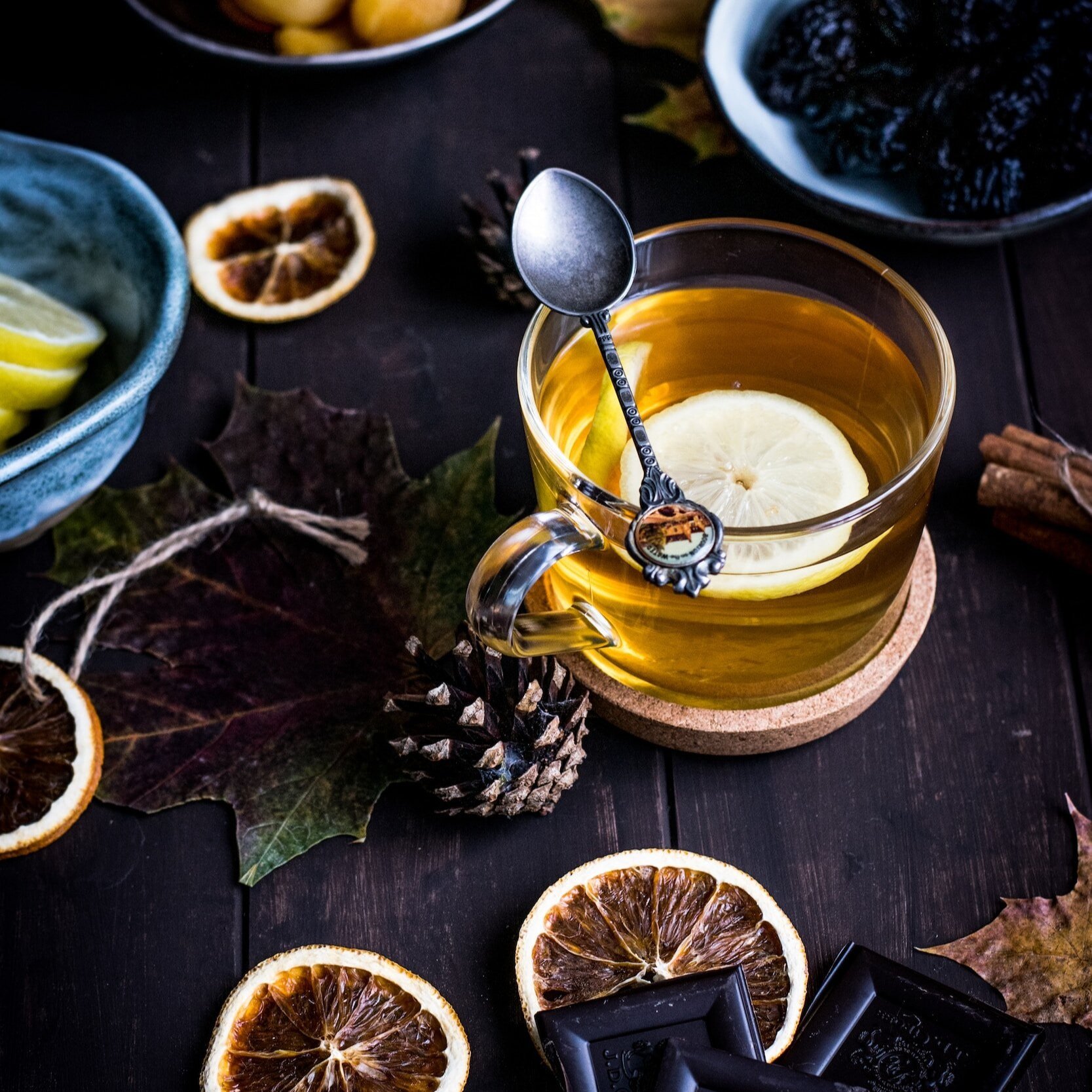What Is Bone China? History, Benefits & Care Guide
Bone china is a type of porcelain admired around the world for its strength, translucency, and timeless elegance. If you’ve ever wondered what is bone china or why it is considered finer than other ceramics, the answer lies in its unique composition. Fine bone china is made by blending porcelain clay with bone ash, which gives it its signature lightweight feel, delicate white colour, and surprising durability.
First developed in England in the late 18th century, the history of bone china began with Josiah Spode, who perfected the formula by adding bone ash to the clay mixture. This innovation created a ceramic that was not only stronger but also more refined than traditional porcelain, cementing its reputation as a luxury material. Today, bone china remains a popular choice for tea sets, dinnerware, and collectors’ pieces, often compared in the debate of bone china vs fine china.
In this guide, we’ll explore the definition of bone china, its fascinating history, and the qualities that continue to make it one of the most sought-after ceramics in the world.
Read next 👉 100 fun facts about tea
What Is Bone China?
Bone china is a refined type of porcelain created from a blend of bone ash, feldspar, and kaolin. This unique recipe gives this bone-ash porcelain its signature qualities, exceptional translucency, a delicate appearance, and surprising durability. Unlike standard porcelain, bone china incorporates bone ash, made from calcined animal bones, which enhances its strength and lends it a characteristic soft white hue.
Thanks to these qualities, tableware made from this type of china has become synonymous with elegance and sophistication. From delicate teacups to ornate dinner sets, it is widely considered one of the most luxurious and sought-after types of porcelain in the world.
The History and Origins
Timeline: History of Bone China
Bone china emerged in England as a porcelain body enhanced with bone ash, prized for its strength and translucency. Key milestones:
- 1748 Early experiments: Thomas Frye at the Bow factory in East London trialed porcelain bodies with bone ash.
- 1789–1793 Formula perfected: Josiah Spode established the classic blend of ~50% bone ash, with china stone and kaolin.
- c. 1800 Commercial adoption: Bone china entered wider production and quickly became the standard English porcelain body.
- Early 1800s Spread across potteries: Leading makers (e.g., Worcester, Derby, Minton, Coalport, Wedgwood) adopted the Spode-style recipe.
- Mid–late 1800s Global renown: Exports grew; bone china became synonymous with fine English tableware.
- 20th century Industrial refinement: Modern firing, glazing, and decorating improved consistency and mass production.
- Late 20th century, Worldwide production: Manufacturing expanded beyond the UK, with strong output in Asia.
- 21st century, Innovation & ethics: Ongoing advances in body composition (including synthetic bone-ash alternatives) and durability for everyday use.
The origins of bone china can be traced back to England in the mid-18th century, when potters first experimented with adding bone ash to porcelain mixtures. One of the earliest known attempts was made by Thomas Frye at the Bow porcelain factory in East London around 1748. Frye incorporated animal bone ash into his clay body, producing what some historians call an early form, though the results lacked the consistency and refinement that would later define the material (Chinasearch).
The true breakthrough came a few decades later in Staffordshire, the heart of England’s ceramic industry. Around 1789, Josiah Spode I perfected a formula that blended 50% bone ash, 25% feldspathic material (china stone), and 25% kaolin (china clay). This precise mixture produced a porcelain that was not only stronger and whiter than its predecessors but also beautifully translucent (The Potteries).
After Spode died in 1797, his son, Josiah Spode II, continued to refine and commercialize the formula. By the early 1800s, bone china was being produced on a larger scale and soon became the standard English porcelain body, adopted by leading manufacturers such as Minton, Coalport, Derby, Worcester, and Wedgwood (Spode Ceramics).
Success was due to more than just its beauty. It was stronger and more chip-resistant than soft-paste porcelain, yet required lower firing temperatures than hard-paste porcelain, making it easier to produce in English kilns. Its distinctive ivory-white colour and translucent quality gave it a luxurious appeal, and rising demand for domestic porcelain, particularly during periods when imports from China were restricted, helped secure its place in households across Britain (Maryland Archaeological Conservation Lab).
By the 19th century, fine bone china was firmly established as the finest English porcelain and quickly gained international recognition. Today, more than two centuries later, it continues to be cherished for its elegance, craftsmanship, and enduring strength, carrying forward the legacy of Spode’s original innovation (Encyclopaedia Britannica).
If you love learning about the history of tea in Britain, read this next 👉 the story of Rosie Lee in East London
Quick Fun Facts
Did You Know? Fun Facts About Bone China
- It really contains bones! Traditional bone china includes up to 50% bone ash, usually from cattle.
- An English invention: Perfected in the late 18th century by Josiah Spode.
- It’s translucent: Hold a cup to the light and you’ll see a subtle glow.
- Tea tastes smoother: Fine bone china’s thin walls help retain heat and enhance the experience.
- Royal favourite: Adopted by British royals and high society in the 19th century.
- Delicate but tough: Despite appearances, bone china is more chip-resistant than many porcelains.
- Not vegan: Made with animal bone ash, though modern synthetic versions now exist.
- Global production: Once unique to England, bone china is now made worldwide.
Bone china isn’t just pretty to look at, it’s full of history and little quirks that make it special. You may love it for the elegance, collect it for its story, or just enjoy your tea tasting extra smooth in a fine tea cup. It adds a touch of timeless charm to everyday life!
Read next 👉 the history of the teacup and saucer
Is Bone China Actually Made With Bones?
Yes! It is made using a mixture of bone ash, feldspar, kaolin, and other minerals. The bone ash traditionally comes from the calcined bones of cattle, though in the past, bones from pigs or chickens were sometimes used.
The process involves carefully cleaning the bones, heating them at very high temperatures to remove organic matter, and then grinding the remaining calcium phosphate into a fine powder. This powder is added to the porcelain mixture, giving fine bone china its signature translucency, whiteness, and strength.
Is Bone China Cruelty-Free or Vegan?
Animal-Derived Materials
Since bone china contains animal bone ash, it is not considered vegan. The bones used are typically by-products of the meat industry rather than from animals raised specifically for bone ash, but the material is still animal-derived.
Vegetarian Perspectives
Some vegetarians may still use it, viewing it differently from consuming meat, while others avoid it due to its reliance on animal products. Ultimately, whether to use china made from animal bones depends on individual ethics, beliefs, and lifestyle choices.
Vegan-Friendly Alternatives
For those seeking vegan or cruelty-free tableware, there are alternatives. Many modern porcelains are made solely from kaolin, feldspar, and quartz without the addition of bone ash. These pieces may lack the exact translucency of traditional bone china but can still be elegant, durable, and more aligned with plant-based values.
Is It Safe? Lead, Toxins, and Everyday Use
Bone china tableware is widely regarded as safe and non-toxic for everyday dining. Because it is fired at very high temperatures, modern bone ash china does not usually contain harmful substances. However, older or antique versions may contain trace amounts of lead in the glaze, which can leach into food or beverages over time.
Lead in Antique Bone China
If you own vintage or antique china, it is best to use it for decorative purposes rather than for serving food or drinks. This helps reduce any risk of lead exposure.
Safety Regulations Today
In countries such as the United States and across Europe, strict safety standards regulate ceramics and porcelain. Reputable manufacturers ensure their products meet guidelines for lead- and cadmium-free tableware, making modern prodcuts safe for daily use.
Care to Minimise Risks
Avoid using harsh detergents or abrasive cleaners.
Hand-wash valuable or antique pieces instead of using a dishwasher.
Purchase from trusted manufacturers and retailers that meet international safety standards.
Bone China in the Microwave and Dishwasher: Safe Use & Care
Microwave Safety
Most modern fine bone china is microwave safe, but it requires careful handling. Rapid or extreme temperature changes may cause cracks or chips. To prevent damage:
Avoid heating for long periods or at maximum power.
Use microwave-safe covers to prevent food splatters.
Never place items with metallic decorations in the microwave.
Dishwasher Safety
Bone china can generally go in the dishwasher, provided it is washed gently:
Choose a low-temperature, delicate cycle.
Avoid stacking items too tightly to prevent chips.
Use mild detergents, avoid strong chemicals or abrasives that can damage the glaze or cause fading of patterns.
Manufacturer Guidelines
Always check the care instructions for each piece, as some items may have special requirements. Following the manufacturer’s guidance ensures your fine tableware retains its strength, beauty, and safety for years to come.
Fact or Fiction: Does Bone China Really Enhance the Flavour of Tea?
Many tea lovers believe that it makes tea taste better, and there are a few reasons why:
☕ Heat and Experience: The thin, lightweight walls help tea stay warm longer and create a smooth sipping experience. Its translucent surface also highlights the true colour of the tea, adding elegance.
☕ Taste Perception: Made from bone ash, kaolin, and feldspar, it is sometimes thought to soften acidity, giving tea a smoother flavour. While debated, many find tea feels cleaner and less bitter in bone china cups.
☕ The Verdict: Whether it changes the taste or simply elevates the experience, teacups made with this type of porcelain bring a sense of sophistication that makes tea drinking feel special.
Read more about British tea drinking culture 👉 do Brits really drink alot of tea?
The Different Types of Porcelain
When it comes to elegant tableware, bone china, fine china, and porcelain are often compared. While they share similarities, each has distinct qualities that set them apart.
Bone China vs Fine China vs Porcelain
| Type | Composition | Appearance | Durability | Best For |
|---|---|---|---|---|
| Bone China | Bone ash, kaolin, feldspar | Thin, lightweight, highly translucent | Strongest, chip-resistant | Luxury tableware & tea sets |
| Fine China | Kaolin, feldspar, quartz | Elegant, slightly thicker than bone china | Durable, holds intricate designs | Special occasions & formal dining |
| Porcelain | Kaolin, feldspar, quartz | Thicker, heavier, less translucent | Strong, versatile, chip-resistant | Everyday use & casual dining |
Bone China
Made from a blend of bone ash, kaolin, and feldspar, bone china is prized for its translucency, lightweight feel, and strength. It resists chipping better than other porcelains and is considered the most luxurious and refined option for dinnerware and tea sets.
Fine China
Fine china is a porcelain made with kaolin, feldspar, and quartz, but without bone ash. Slightly thicker and heavier than bone china, it remains delicate and elegant, making it a popular choice for special occasions and formal dining. Its smooth surface also holds intricate patterns and designs beautifully.
Porcelain
Porcelain is the broad category that includes both bone china and fine china. Standard porcelain is typically thicker, heavier, and less translucent, yet still strong and chip-resistant. Because of its durability, it is often used for casual dining and everyday tableware.
The Difference
🫖 Bone china: finest, most luxurious, highly durable.
🫖 Fine china: elegant, versatile, great for patterns and design.
🫖 Porcelain: durable, practical, ideal for daily use.
Bone china is the premium version of porcelain, while fine china and porcelain offer more affordable but still elegant alternatives.
FAQs: Fun Facts & Common Questions
1. What is bone china made of?
This elegant china is crafted from a mix of bone ash, kaolin, and feldspar, giving it strength, translucency, and a delicate white finish.
2. Does bone china really contain bones?
Yes, it uses calcined animal bones (usually cattle) ground into bone ash. This is what makes it different from regular porcelain.
3. Is bone china vegan or cruelty-free?
No, because it contains animal bone ash. However, vegan porcelain alternatives are available that use only minerals like kaolin and feldspar.
4. Why is bone china so expensive?
Its fine, translucent appearance, durability, and hand-crafted production process make it a luxury material.
5. Does bone china make tea taste better?
Many tea lovers say yes! The thin, smooth walls of the cups help retain heat and may soften acidity, making tea feel smoother.
6. Is bone china safe to use?
Modern versions are lead-free and food-safe, but avoid using antique pieces for food and drink, as older glazes may contain lead.
7. Can you put bone china in the microwave?
Most modern china is microwave safe, but avoid long heating times or cups with metallic decoration, which can spark.
8. Can you wash bone china in the dishwasher?
Yes, but use a gentle cycle and mild detergent. Hand washing is still best for preserving patterns and gold trim.
9. How can you tell if something is bone china?
Hold it up to the light, real bone china is slightly translucent, unlike standard porcelain or ceramic.
10. Which is better: bone china vs fine china?
Bone china is stronger, whiter, and more translucent, while fine china (without bone ash) can be slightly less durable but still elegant.
Read more articles about tea:





